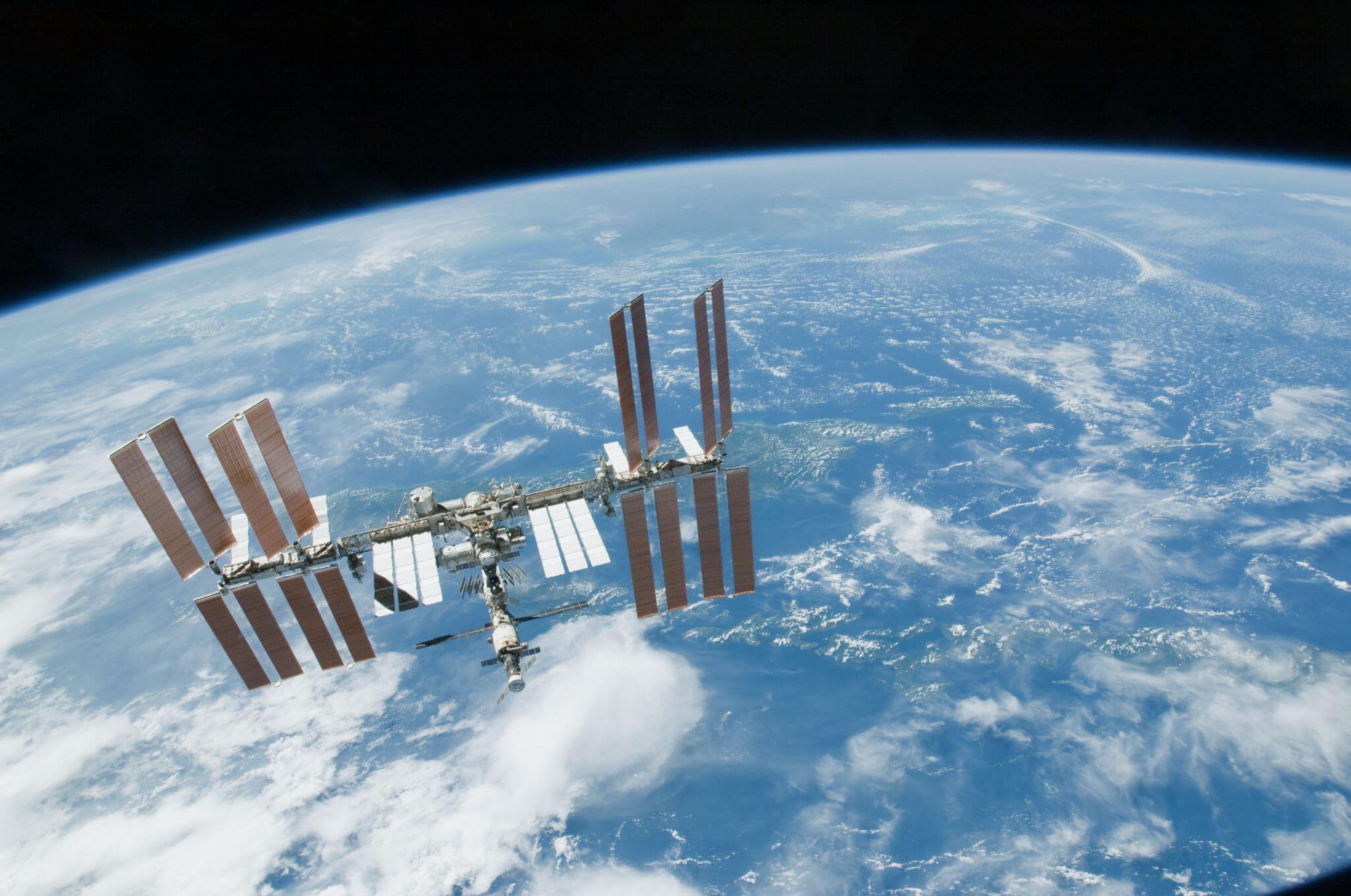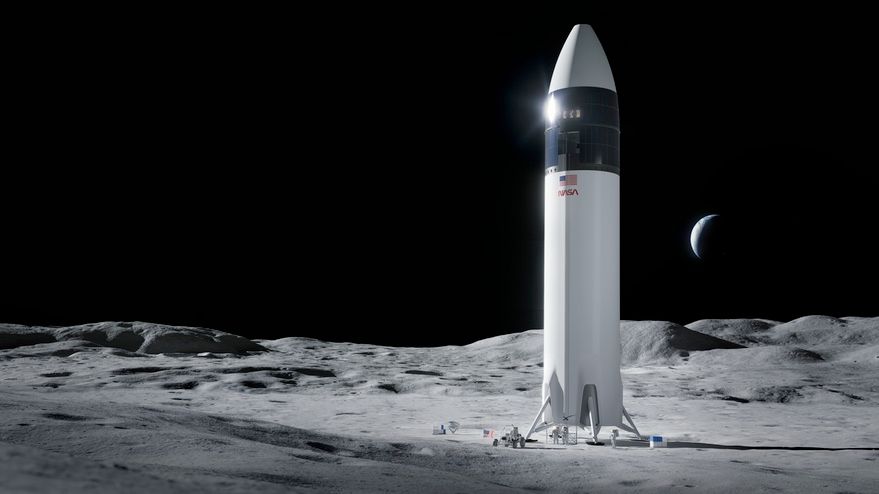Just as most modern jet airliners look the same as they optimise their shapes for their mission, so manned spacecraft are starting to look very similar. Sinodefence.com has revealed that China is working on a new manned spacecraft design that appears to be a close copy of the blunt-ended conical re-entry capsule/service module configuration of Lockheed Martin’s Orion design, which itself was an enlarged version of the earlier Apollo design philosophy.
According to the report, two versions of the new Chinese space vessel are being designed: a smaller 14 metric ton version for low Earth orbit (LEO) missions, and a larger 20 metric ton one for lunar exploration. The first flight is expected on a Long March-5 (CZ-5) series rocket in circa 2020.
This is not the first time that spacecraft have shown striking similarities to the Orion concept. Russia’s own planned replacement for the Soyuz manned craft has also apparently been strongly influenced by the NASA Orion/ESA service module configuration and has been unofficially dubbed “Orion-ski” as a result. Boeing’s CST-100 commercial manned spacecraft also looks similar, although this is understandable given that it was developed from the losing design in the original Orion competition.







